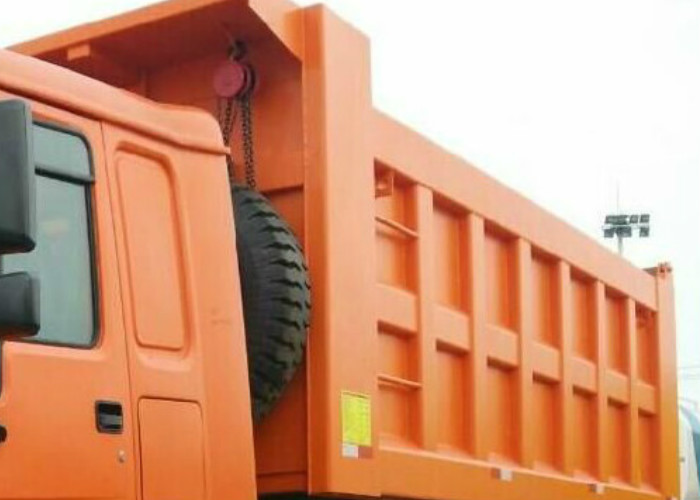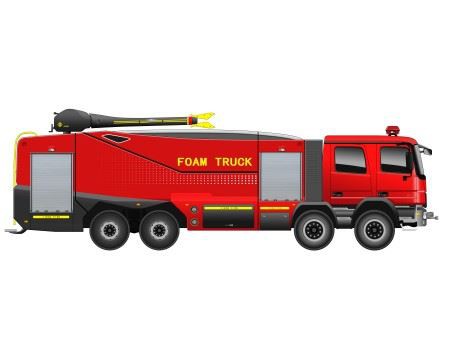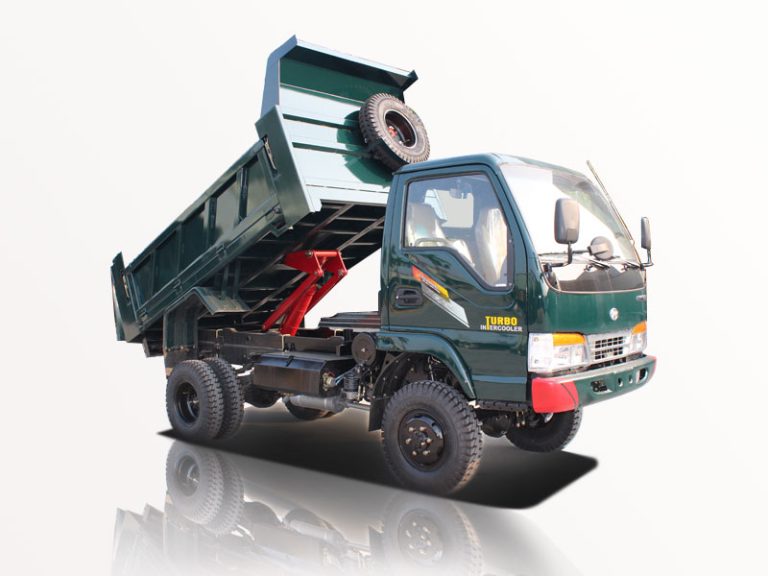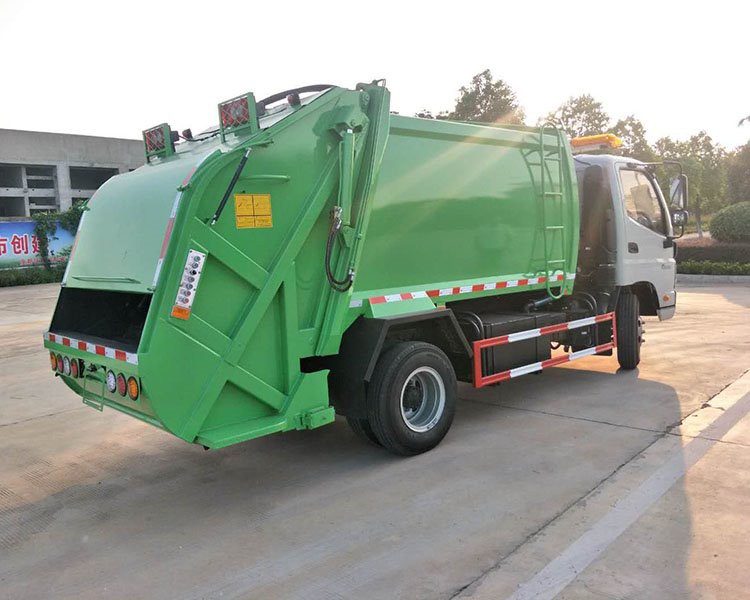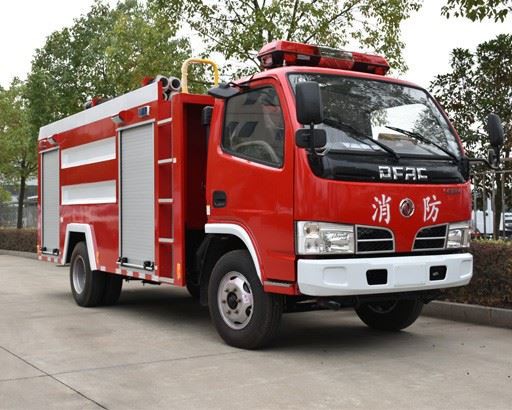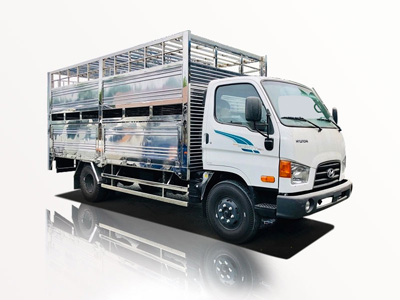The chassis of a bus is often referred to as its backbone, providing the necessary support for various components and systems. A well-engineered chassis not only enhances the bus’s performance and durability but also ensures passenger safety and comfort. This extensive article delves into the different types of bus chassis, their design and construction, the latest technologies involved, and much more. Whether you are a manufacturer, a fleet manager, or simply an enthusiast, gaining insights into bus chassis can be incredibly valuable.
What is a Bus Chassis?
A bus chassis is the understructure of the vehicle, comprising the frame, suspension, axles, brakes, and other integral components. It serves as the foundation upon which the bus body is mounted. A robust chassis ensures stability, load-bearing capacity, and effective handling, which are essential for bus operation.
Types of Bus Chassis
Different buses require different chassis designs based on their intended purpose. Here are the common types:
1. Conventional Chassis
The conventional bus chassis is characterized by its separate frame and body construction. This type allows for a wide range of customizations, including the addition of various body styles, making it a popular choice for transit and school buses.
2. Low-Floor Chassis
Low-floor buses are designed to provide easy accessibility for passengers, particularly those with disabilities. These chassis feature a lowered floor height that minimizes the step-up into the vehicle.
3. Integral Chassis
In integral chassis designs, the frame and body are constructed as a single unit. This setup often leads to improved aerodynamics and weight distribution, enhancing fuel efficiency and handling. Integral chassis are common in long-distance coaches.
4. Short Chassis
Short chassis buses are typically used in urban areas for public transport due to their compact size, making them easier to maneuver in crowded streets. They often have higher steering flexibility and smaller turning radii.
Key Components of a Bus Chassis
The efficacy of a bus chassis relies heavily on several key components. Understanding these components will help in maintenance and improvement of the chassis performance.
Frame
The frame is the core structure that supports all other components. Made of high-strength steel or aluminum, it has to withstand various stresses during operation.
Suspension System
The suspension system absorbs shocks and impacts from the road. A well-designed suspension contributes significantly to ride comfort and vehicle stability.
Axles
Axles play a vital role in transferring power from the engine to the wheels. Different types of axles, such as drive axles and steering axles, provide varied advantages based on load distribution.
Braking System
The braking system is critical for safety. Modern buses utilize either drum brakes or disc brakes, with many high-end models featuring anti-lock braking systems (ABS) for improved safety.
Design Considerations for Bus Chassis
Designing a bus chassis involves multiple engineering and safety considerations. Here are the key factors:
Weight Distribution
Proper weight distribution is crucial in ensuring stability and performance. Poor weight balance can lead to handling issues and increased tire wear.
Durability
Considering materials that withstand harsh conditions is vital. Specialized coatings can help protect against rust and corrosion.
Accessibility
Incorporating accessible features such as ramps and low floors is essential for public transport buses, ensuring compliance with regulations and providing convenience for all passengers.
Modern Technologies in Bus Chassis
The transportation industry continues to evolve with advancements in technology. Here are some notable innovations:
Electric Bus Chassis
Electric buses are becoming increasingly popular due to their reduced emissions and improved efficiency. Electric chassis designs often require unique configurations to accommodate batteries and electric motors.
Smart Chassis Systems
Integrating IoT sensors can enable real-time monitoring of various chassis components, aiding in predictive maintenance and enhancing safety features.
Lightweight Materials
Utilizing materials like composites and high-strength alloys can reduce weight and improve fuel efficiency without compromising structural integrity.
Considerations for Bus Chassis Maintenance
Regular maintenance of a bus chassis is essential for ensuring its longevity and safety. Here are important tips for chassis upkeep:
Routine Inspections
Conduct regular inspections to identify wear and tear. Look for signs of rust, cracks, or any unusual sounds during operation.
Lubrication
Ensure that all moving parts are lubricated appropriately to prevent friction-related wear and tear.
Tire Maintenance
Regularly check tire pressure and tread depth, as proper tire conditions impact overall performance and safety.
Cost Considerations for Chassis Manufacturing
Building a bus chassis involves various costs which can vary significantly based on design, materials, and technology. Understanding these elements can aid in better budget management.
Material Costs
High-quality materials may cost more initially but offer increased longevity and reduced repair costs over time.
Labor Costs
The complexity of the manufacturing process can significantly impact labor expenses. The integration of advanced technologies might require specialized skill sets.
Regulatory Compliance
Ensuring that the chassis meets regulatory standards may involve additional expenditures, but it is crucial for safety and marketability.
Practical Examples of Bus Chassis Innovations
Several manufacturers are leading the way in chassis design innovations. Here are a few notable examples:
Mercedes-Benz Citaro
The Citaro bus features a modular chassis design, allowing for customized configurations according to the specific needs of cities and transit authorities.
BYD K9
BYD’s electric bus, the K9, showcases a lightweight chassis coupled with a long-range battery system, signaling the future of sustainable public transport.
Future of Bus Chassis Design
The future of bus chassis design is likely to be driven by sustainability and technology. Expect more lightweight materials, enhanced automation, and improved energy efficiency.
Green Materials
Research is ongoing into eco-friendly materials that offer durability while minimizing environmental impact.
Automation
Increased automation in manufacturing processes can lead to more precise designs and faster production times.
Frequently Asked Questions (FAQ)
1. What is the lifespan of a bus chassis?
The lifespan of a bus chassis can vary from 12 to 20 years, depending on the maintenance, usage, and environmental conditions.
2. How often should bus chassis maintenance be done?
It is advisable to perform chassis inspections every 6 months or after specific mileage, alongside regular maintenance checks.
3. What are the benefits of low-floor buses?
Low-floor buses offer improved accessibility, easier passenger boarding and alighting, and reduced injury risk for those with disabilities.
4. Can a bus chassis be customized?
Yes, many manufacturers provide options for customization based on transportation needs, including size, weight distribution, and amenities.
5. What materials are best for a durable bus chassis?
High-strength steel, aluminum alloys, and composite materials are commonly used for their durability and resistance to corrosion.
6. Are electric bus chassis different from traditional chassis?
Yes, electric bus chassis are designed to accommodate batteries and electric drivetrains, usually resulting in different weight distribution and structural requirements.
